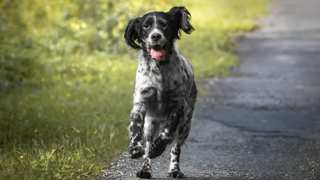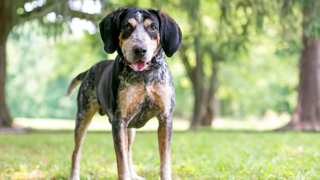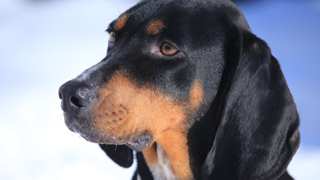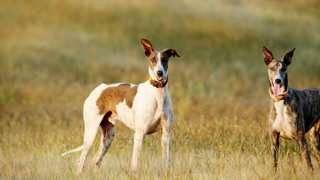These hybrids are athletic and energetic, so Lab-Pointer exercise requirements are pretty high. As the offspring of two hunting breeds, these crossbreeds will need a variety of daily activities that both condition them physically (walking, fetch) and stimulate them mentally (games, canine sports). They make good jogging and bicycling companions as well.
The typical adult Lab-Pointer will need an hour of proper exercise per day, at the very least. You can start exercising your Lab-Pointer puppy at three months old by taking it on short walks, then you can increase the walks' length as the pup grows.
Precautions with Lab-Pointer exercise:
- Don't exercise puppies too hard before they're nine months old
- High prey drive means a leash is required when exercising in public
- Yards should be securely fenced to keep the dog from running off
- Possible separation anxiety; exercises should be done together with people
Exercising your Lab-Pointer every day is an absolute must. These hunting dogs are active and task-oriented, and without consistent activity they'll become frustrated, disobedient, and destructive. Regular exercise will be great for both the dog's and your own peace of mind! Some exercise ideas:
- Walking/Jogging/Bicycling: Two 20-minute walks (or 15-minute jogs or bike rides) per day is a good target
- Fetch/Frisbee: These dogs will chase a ball, stick, or Frisbee for hours
- Hunting: Puts a Lab-Pointer in its natural element
- Dog Park: These hybrids enjoy the company of other dogs
- Canine Sports: Lab-Pointers can excel at obedience or agility trials, flyball, and other events
- Hiking: Excellent bonding activity
When indoors, give your Lab-Pointer access to balls or toys that will allow the dog to burn excess energy. It's also recommended that you have a regular exercise schedule for the dog, such as walks, jogs, or bike rides after breakfast and dinner and playtime in the afternoon.



